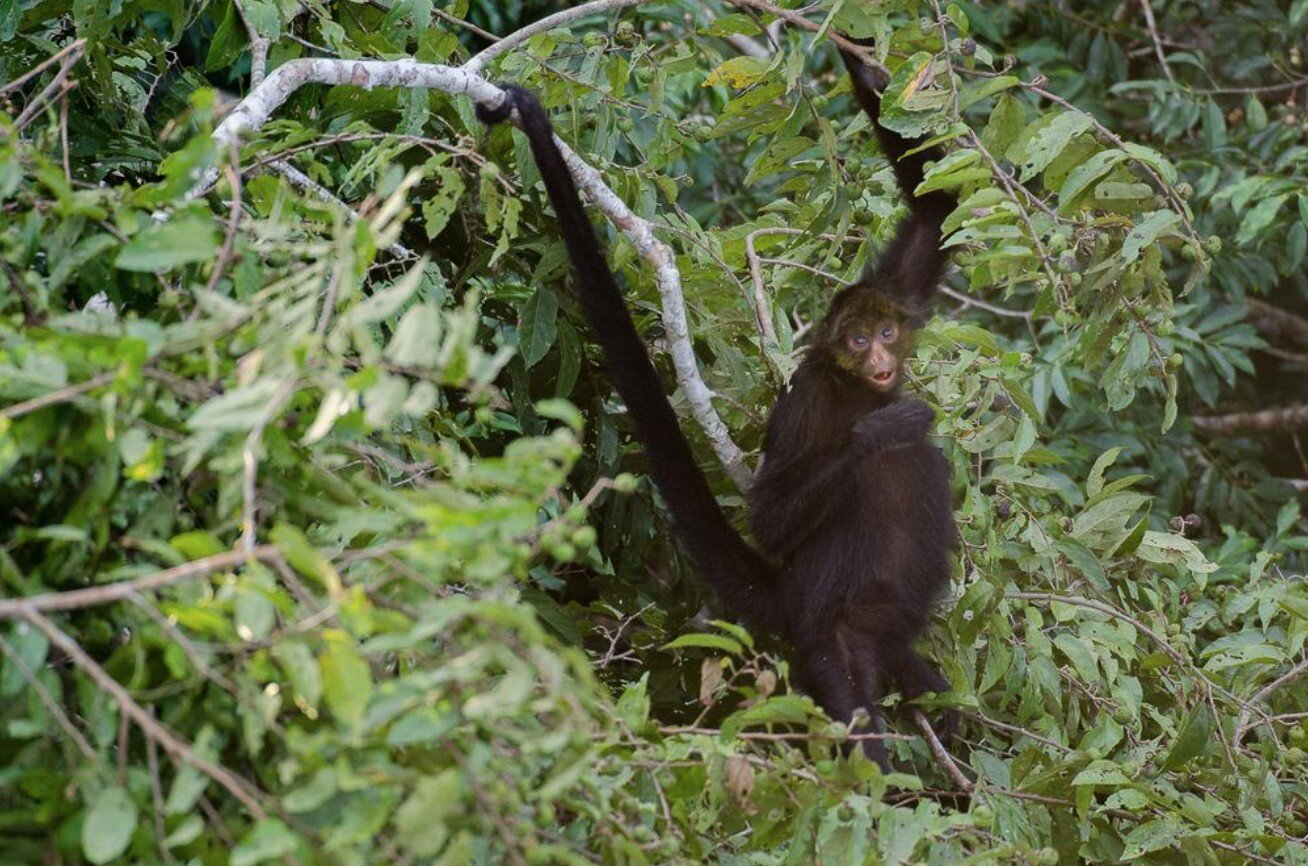Primate Species of The Amazon Explorer
The monitoring study carried out in the Manu National Park confirmed the presence of a wide variety of primate species in the protected area. The monitoring team, made up of park and FZS Peru personnel, carried out the evaluation along the Fierro and Manu rivers, located within the park.
The main objective of this work was to evaluate the population situation of primates that are hunted by native communities in the special use zone of the Manu National Park. Since indigenous communities depend on fishing, fruit gathering, and hunting for their food security, it is important to know the status of wildlife populations that are affected by these activities, such as monkeys.
The Manu National Park
is recognized as one of the areas with the greatest biodiversity in the world and is considered a natural laboratory. Therefore, biological monitoring plays a key role in understanding the conservation status of the wide variety of wildlife that inhabits the park and in taking protective measures if necessary. The Matsiguenkas communities, which are an active part of the study, act as local guides and facilitate the communication and interpretation of the results for the entire community.
Monitoring was carried out in the Fierro and Manu river basins, as well as in the Cocha Cashu Biological Station. The monitoring team was made up of a researcher and a local guide. However, the information collected on the presence, habitat, number of individuals, presence of offspring and behavior of primates is still being processed. The combination of all these data will contribute to the management of the protected area.
As a preliminary result of the monitoring,
the presence of all species of large primates has been recorded, such as the maquisapa monkey (Ateles chamek), woolly monkey (Lagothrix lagothricha) and howler monkey (Alouatta seniculus). In addition, species of medium and small primates have been observed, such as the black (Sapajus macrocephalus) and white (Cebus cuscinus), common pichico (Leontocebus weddelli), emperor pichico (Saguinus imperator), squirrel monkey (Saimiri boliviensis), stump ( Callicebus toppini), black huapo (Pithecia irrorata) and musmuqui (Aotus nigriceps). These findings highlight the richness and diversity of primates present in the Manu National Park.
Manu National Park is home to a great diversity of primate species. Below are some relevant species of primates found in the park:
Red Howler Monkey (Alouatta seniculus): This large monkey is recognizable by its reddish fur and distinctive call. They are arboreal primates and play an important role in seed dispersal in the park's ecosystem.
Emperor Titi Monkey (Saguinus imperator): This small primate is characterized by its distinctive white mustache. They are highly social and live in family groups in the park's forests.
Brown-headed Capuchin Monkey (Cebus apella): Also known as the bow-tipped capuchin, this medium-sized primate is adaptable and found in different habitats within the park.
Black Spider Monkey (Ateles chamek): This large and agile primate is noted for its long limbs and prehensile tail. It is mainly arboreal and feeds on fruits, nuts and leaves.
Black-headed Lion Monkey (Leontocebus fuscicollis): This species is also known as the brown-mantled marmoset. It is characterized by its black back and white or pale underparts. Lion monkeys are found in the park's lowland forests and are agile leapers between the trees.
Goeldi's Monkey (Callimico goeldii): This small nocturnal primate has a unique appearance, with its black fur and large eyes. It feeds mainly on insects and is found in the forest understory in Manu National Park.

No hay comentarios:
Publicar un comentario